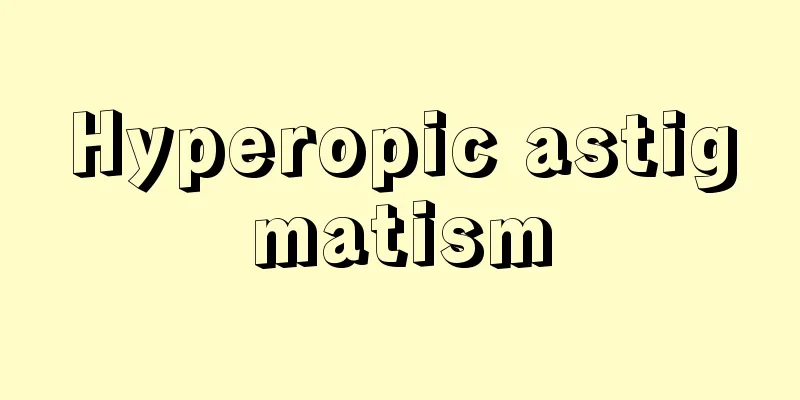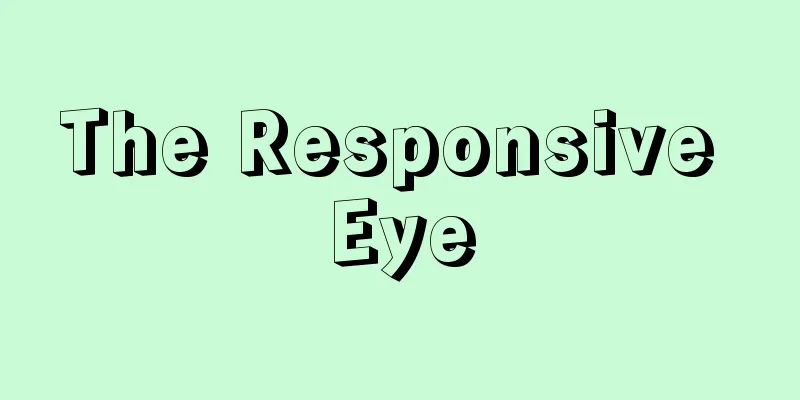Radio calisthenics - Rajio taiso

|
These exercises are performed to the accompaniment of music and commands over the radio. The correct name is "National Health Exercises" and they were created with the aim of maintaining and improving the daily health of the nation. The nickname "Radio Exercises" comes from the fact that they were broadcast on the radio of the Japan Broadcasting Corporation (NHK) and were widely loved by the nation. In 1928 (Showa 3), Sadaharu Inokuma, who was the director of the Postal Insurance Bureau of the Ministry of Communications, noticed that exercises were broadcast on the radio as part of health programs in the United States and were improving the health of the nation. In consultation with Toyokichi Kita, who was the head of the Physical Education Division of the Ministry of Education at the time, he planned to broadcast the exercises on NHK radio. After several committee members including Takeichi Otani held over a dozen discussions, the broadcasts began on November 1st. These exercises are very basic and easy to understand, and can be easily done by anyone regardless of age or gender. In addition, the unique rhythm of the music and the unique broadcasts by instructor Takehiko Egi, who was in charge of the broadcasts, were well received by the nation and were warmly welcomed in all quarters. NHK made efforts to popularize the exercises, particularly by holding early morning radio exercise events in August and dispatching specialized instructors, which led to an even greater increase in the number of enthusiasts. Furthermore, in 1930, the All Japan Gymnastics Federation (now the Japan Gymnastics Association) created the second exercise, which was slightly more advanced than the first. The second exercise has more content and is slightly more complex than the first, but it uses a lot of vibrations and is rhythmic. Although it was temporarily suspended during the occupation, the first exercise was resumed in 1951 (Showa 26) and the second exercise in 1952 with a new look. In 1957, TV calisthenics also began on NHK TV. Radio calisthenics has made a great contribution to promoting the health of the nation and popularizing exercises. [Tadao Kamisako] [Reference] |Source: Shogakukan Encyclopedia Nipponica About Encyclopedia Nipponica Information | Legend |
|
ラジオを通じて伴奏音楽と号令にあわせて行う体操。正しくは「国民保健体操」といい、国民の毎日の健康の保持増進を目的につくられた。ラジオ体操というのは日本放送協会(NHK)のラジオで放送され、国民に広く親しまれていることからくる俗称である。1928年(昭和3)逓信(ていしん)省簡易保険局長であった猪熊貞治は、当時アメリカにおいて、保健事業の一環として、ラジオによって体操が放送され、国民の健康を増進していることに着目し、当時文部省体育課長であった北豊吉と相談し、NHKのラジオ放送によって体操を実施することを企画した。大谷武一ら数人の委員が十数回協議を重ねた結果、11月1日から放送が始められた。この体操はきわめて基本的でわかりやすく、年齢・性別を問わず、だれにでも手軽にできるうえ、ユニークな音楽のリズムと放送指導を担当した江木武彦指導員の個性的な放送が国民に受け、各方面で大歓迎された。NHKはとくに8月には早朝ラジオ体操会を催し、また専門の指導員を派遣するなど普及に努めたので、愛好者はいっそう増加していった。さらに1930年、全日本体操連盟(現日本体操協会)によって、第一体操よりやや高度な第二体操が作成された。第二体操は第一体操に比較して内容も多く、運動もやや複雑であるが、振動形式が多くリズミカルである。占領期間中一時中止されたが、第一体操が1951年(昭和26)、第二体操が52年装いを新たにして再開した。1957年にはNHKテレビでのテレビ体操も始まった。ラジオ体操は国民の健康増進と体操の普及に大きく貢献している。 [上迫忠夫] [参照項目] |出典 小学館 日本大百科全書(ニッポニカ)日本大百科全書(ニッポニカ)について 情報 | 凡例 |
>>: Radiosonde - Rajiozonde (English spelling) radiosonde
Recommend
Cincinnatus, LQ (English spelling) CincinnatusLQ
…By the end of the century, they had pushed them ...
Takanori Kojima
Year of birth: Year of birth and death unknown. Mi...
Can you live with me?
〘Noun〙 ("Kan" means the way of heaven, a...
Asana (English spelling) āsana
A term in Indian philosophy. A sitting position. O...
Constructivism (English spelling)
One of the avant-garde trends in painting, sculpt...
Ibokisago - Ibokisago
A gastropod snail of the family Celastridae of th...
Georgian style
A style of architecture and crafts practiced duri...
Quetzalcoatl - Quetzalcóatl (English spelling)
An important cultural complex in ancient Mexico, ...
Ongisetsu - Ongisetsu
The idea that each sound or each line of the Japan...
Akiyama
〘Noun〙 In the Edo period, the mountains under the ...
Antonio Fogazzaro
Italian author. Born and raised in Vicenza in a r...
Klondike
A type of solitaire card game. Seven cards are lai...
House of Bourbon - Bourbonke (English spelling) Bourbons
The royal family that ruled France from 1589 to 17...
Mandatory Lawsuit - Gimzuke Sosho
A lawsuit seeking to order an administrative agenc...
Depolymerization - Kaijugo (English spelling)
The opposite reaction of polymerization, where a ...









